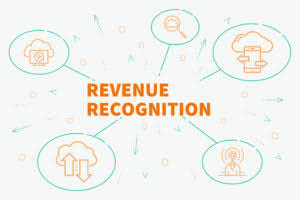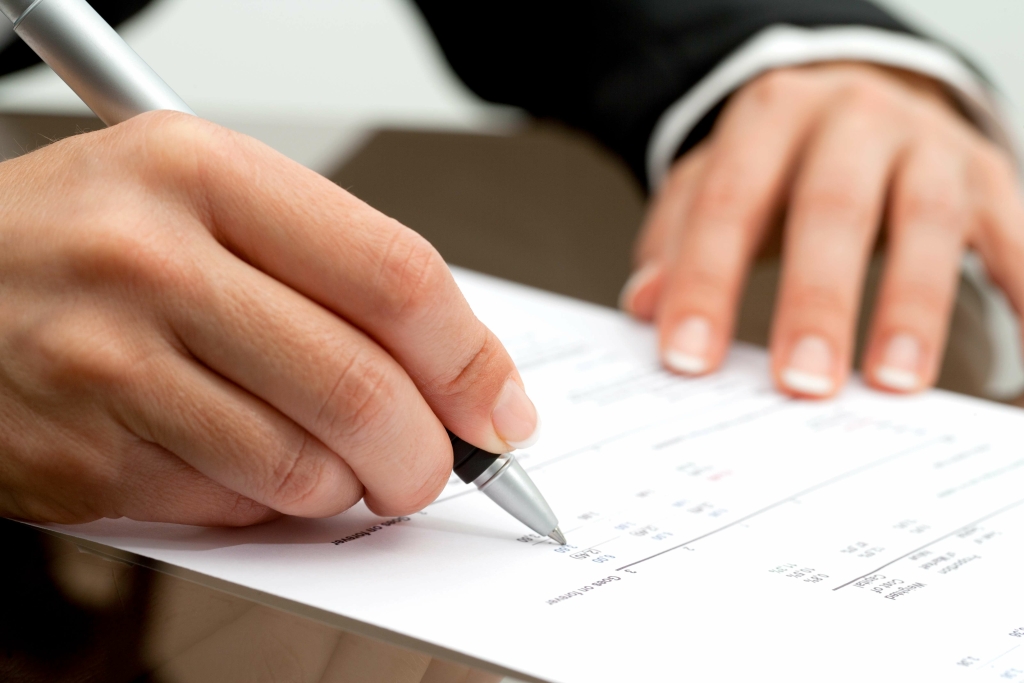Multi-channel Platform for Product Businesses
Simply allow Shopify Connector to connect to QuickBooks and start syncing data. Don’t miss out on the incredible benefits that QuickBooks ecommerce integration has to offer. Take action today and explore integration options that best suit your business needs. Accounting software was rated on its ability to integrate with ecommerce software, with direct integrations receiving more weight than integrations via a third-party connector. Through integrations, the software should synchronize inventory, A/R, and revenue. The ease of use score is a combination of available customer support options, our subjective evaluation of the software’s ease of use, and the availability of third-party bookkeepers that support users of the software.
You can choose from a number of built-in features to get the functionality you want. A robust, integrated system also lets you quickly pull up orders when customers call with questions. Plus, when you streamline your internal processes in this way, you have more time to make yourself available to customers or tend to things that you didn’t previously have time for. When payroll is run, corrected, or updated, your altered wages, taxes, and reimbursements will instantly appear within your QuickBooks expenses.
If unforeseen problems occur, having a backup allows you to restore your data to its original state and prevent any potential data loss. Choose a reliable backup method, such as creating a complete system backup or exporting data to a secure location, to protect your valuable business information. WooCommerce is a popular WordPress plugin that transforms WordPress websites into feature-rich online stores. It’s rapidly become one of the leading ecommerce solutions, empowering website owners to effortlessly create and manage their online stores.
Failure to connect all business credit cards and bank accounts to your QuickBooks account is a common cause of inaccuracies in financial reports. Without properly linking these accounts to QuickBooks, a multitude of sales transactions and expenses could easily slip through the cracks, resulting in inaccurate data and either overpaying or underpaying your taxes. Choose an online shopping cart service that is secure, easy for customers to navigate, and one that integrates with your e-commerce payment processing service. Accepting payments on your website should be seamless for the customer.
- If you don’t have a checking account yet, you can consider getting QuickBooks Checking along QuickBooks Payments.
- It also comes with a mobile app that allows supervisors to clock their team members in, track their location, send alerts, manage timesheets, and more.
- With many customization options available, you can create a store that matches your brand.
- Whether a business is just starting or experiencing rapid growth, BigCommerce can scale alongside its needs.
This allows you to transfer essential data, including payments, invoices, refunds, and deposits, from your payment processor to QuickBooks with just a few clicks. If you don’t want to commit to a monthly plan, QuickBooks Bridge by Parex offers a pay-as-you-go option (20 cents per order). You may try the program for free for seven days but note that you need a paid subscription for the QuickBooks integration to work. Xero offers new users a choice between 50% off for two months or a 30-day free trial with no credit card required. No, it’s not, but QuickBooks Commerce does require a subscription to QuickBooks Online. QuickBooks Desktop, on the other hand, was discontinued on May 31, 2022.
To attract potential customers, you’ll need a solid understanding of your target market.Researching your audience and their buying habits allows you to determine how best to reach this group. Pick a platform and launch your custom store intuit tax calculator through the vendor’s site. You can use historical data from previous periods or industry benchmarks to make these estimates. You should also account for seasonal variations in demand or supply that may affect your revenue or costs.
When you add Zoho Inventory, you can accurately account for inventory costs in the books and manage inventory requirements and reorder points. Managing your business’s inventory levels is key to knowing how much and when to order more product. But things get more complicated when you have to manage inventory from different sales channels. When integrated with QuickBooks Online, LeanLaw enhances the program’s capabilities by adding legal-specific functionalities such as trust accounting and legal billing.
How e-commerce processing works
Avalara AvaTax first validates a customer’s address to accurately determine the sales tax amount for you and then automatically attaches it to each QuickBooks invoice for completely accurate accounting. A2X will assist to reconcile the payouts sent from your sales channel for your completed orders across your numerous payment processors (like Stripe & PayPal). The total amount of each payout will include the sales amount, all discounts/refunds, expenses, and adjustments for the orders in the payout period and easily matched to the deposits in your bank account. From company bank accounts to business credit cards, connecting your multiple financial accounts to QuickBooks Commerce is the key to complete expense and income management. Product-based businesses often track inventory using inefficient methods, including spreadsheets and pen and paper. QuickBooks’ new e-commerce capabilities are designed to help these businesses manage orders and inventory with more confidence and less work, which is critical especially during the busy holiday season.
The Pros and Cons of Quickbooks Commerce
Setting up your store with Magento can be more complicated than it is with other platforms, especially if you don’t have a programming background or a programmer on your small business payroll. In addition, it can have a steep learning curve for people without a lot of tech experience. If you have a WordPress site, WooCommerce is a good option for you because it’s designed especially for WordPress. This e-commerce platform is highly customizable, offering hundreds of extensions, both free and paid, to help you get the functionality you want. It’s also open source, which means you can make any modifications you want. QuickBooks Online commerce capabilities are now included in new QuickBooks Online subscriptions, and will be available to existing customers over the next several weeks.
It allows businesses total control of their inventory and data management while optimizing their daily workflow processes. The Quickbooks Commerce platform for ecommerce businesses is there to integrate and streamline payments, products, orders, and sales data. Essentially, it’s an all-in-one bookkeeping tool with various features that will make your life easier while giving your businesses the means to level up. If troubleshooting issues persist, consult the integration app’s documentation or reach out to their customer support team for further assistance. Regularly monitor your integration to ensure seamless data flow and address any issues promptly to maintain accurate and efficient synchronization between QuickBooks and your ecommerce platform.
Seamlessly connect your online sales
However, you may have to contact CS-Cart’s support team to request specific integration features with CS-Cart Multi-Vendor. Furthermore, Shopify Connector by QuickBooks allows you to sync inventory between Shopify and your QuickBooks Online account. Whenever changes occur in your Shopify store, your stock levels in QuickBooks Online are automatically updated. Offer a variety of shipping methods in terms of delivery time and price. It’s hard for a customer to justify making a purchase if there’s only one shipping option and it costs as much as the item they’re buying. Be it phone, text, or chat; make it simple for customers to speak with you.
You can use several apps and program integrations for additional functionality. Built-in analytics are included to help you manage and grow your e-commerce business. Before initiating the integration process, it’s crucial to perform a comprehensive data backup of both your ecommerce platform and QuickBooks. Data backup ensures that you have a secure copy of your information in case any issues arise during the integration process.
QuickBooks Online now offers new customers a free meeting with a QuickBooks ProAdvisor to set up your company file. This is good news, especially for ecommerce businesses that are still unfamiliar with QuickBooks Online and its features. A QuickBooks ProAdvisor can help you with various tasks, such as setting up your online storefront and fulfilling orders. We spent 20 hours combing through QuickBooks Commerce, talking to sales representatives, watching walkthroughs, and comparing the platform to other inventory management brands. Our star ranking is based on pricing, features, integrations, and usability of the platform.
How to hire and vet an ecommerce accountant
It’s critical that ecommerce businesses invest in accounting software that integrates with their ecommerce platform to avoid unnecessary data entry and errors. For a well-rounded accounting software service, QuickBooks Online is our top pick—you’ll never go wrong with its features. Xero is also a great choice, although you may have trouble finding an independent Xero bookkeeper to work with you.
Merchants can easily extend the functionality of their stores by integrating various extensions, enabling customizations and enhancements tailored to their specific business requirements. Shopify is a widely used and user-friendly ecommerce platform that caters to businesses of all sizes. It emerged as a dominant force https://intuit-payroll.org/ in the ecommerce industry, empowering entrepreneurs and established businesses alike to set up and manage online stores with ease. Known for its intuitive interface and feature-rich ecosystem, Shopify has garnered a massive user base and established itself as a preferred choice for eCommerce ventures worldwide.






